What hunters and anglers need to know about implications of expanding utility-scale solar on public lands
The TRCP has long worked to defend a balance of the many demands on our public lands, which sustain so many of our hunting and fishing opportunities in the U.S. The push for increased renewable energy production on public lands is creating new challenges that we are doing our best to address with public land managers.
There is an undeniable need to transition as quickly as possible to low-carbon sources of energy to mitigate the worst effects of climate change. I was encouraged by the Bureau of Land Management’s recent announcement detailing its intentions to revise and potentially expand its 2012 Western Solar Plan to all 11 Western states. Expanding the geographic scope of this planning document and updating it to incorporate the best available science, like new data on recently mapped big game migration corridors, is the most responsible way to expeditiously meet the administration’s goal of deploying 25 GW of renewable energy development on public lands by 2025, while minimizing adverse impacts to wildlife and other public land resources.
There are, however, trade-offs that the BLM must consider when updating its Western Solar Plan. After touring several utility-scale solar facilities myself, I hesitate to enthusiastically endorse the widespread deployment of this type of development on our public lands. My unease comes from the fact that unlike other forms of energy development—such as wind, or even oil and gas—utility-scale solar generating facilities are usually high-fenced and allow for no other uses of the land within their boundaries. This exclusive use of the land can span thousands of acres for a single solar facility and will cover hundreds of thousands of acres of public lands to meet the administration’s goals. The magnitude of habitat removal and loss of public access from the BLM’s proposed expansion of utility-scale solar development on public lands is unprecedented.
Even with the most careful planning, the expansive size of utility-scale solar developments may have unintended consequences for habitat connectivity and migratory wildlife like big game. A poorly sited solar development in Wyoming that blocked a migration route and forced more than 1,000 pronghorn into a nearby highway right-of-way is a recent reminder of the potential for unintended consequences from solar development. The bitter irony is that these same species that migrate to access critical resources for survival will need large, connected landscapes more than ever to adapt to a changing climate.
I am reminded of a recent quote from Dan Ashe, former director of the U.S. Fish and Wildlife Service, who said that addressing climate change will not, by itself, reverse the trend of increasingly widespread habitat fragmentation and the loss of wildlands and wildlife. “The lie is that if we address the climate crisis, we will also solve the biodiversity crisis,” said Ashe.
There are also implications for public access to public lands. A friend of mine recently showed up at his favorite spot to hunt pronghorn and found it fenced and covered with solar panels. Similarly, I was devastated to find out that my best dove hunting location has been approved for utility-scale solar development. I’m left wondering if the biological and social costs of developing large solar facilities on intact, otherwise undisturbed public lands might outweigh the incremental benefits they will provide in our fight to save the climate.
Public Opposition
I was somewhat relieved to find out that I am not alone in thinking that utility-scale solar development might not be the highest and best use of our precious public lands. The public comments during the BLM’s scoping meetings on its Western Solar Plan revision were almost universally opposed to expanding utility-scale solar development on public lands.
These comments come in the context of explosive year-over-year increases in recreational demand on our public lands, and an article in High Country News revealing that if solar panels were put on top of big box stores in the 11 Western states targeted by the BLM, they would generate more than 31 million megawatt-hours of electricity—vastly exceeding the administration’s goals. While there are significant logistical and regulatory constraints to increasing distributed solar generation on big box stores and other existing developments, the public is asking why we aren’t tackling these problems head-on before we further compromise our public lands with additional utility-scale solar development.
Final Thoughts and How to Get Involved
The TRCP and our partners came together during the BLM’s public scoping comment period to provide detailed recommendations on how to minimize the impacts of utility-scale solar development on public lands while increasing generating capacity. Specifically, we urged officials to focus development on previously disturbed lands and exclude areas with high habitat or recreational value. You can still join us by commenting when the BLM releases a draft programmatic environmental impact statement—likely late this summer or early next fall. Look for future communications here at trcp.org and on our social media for how to get involved when the draft is released.


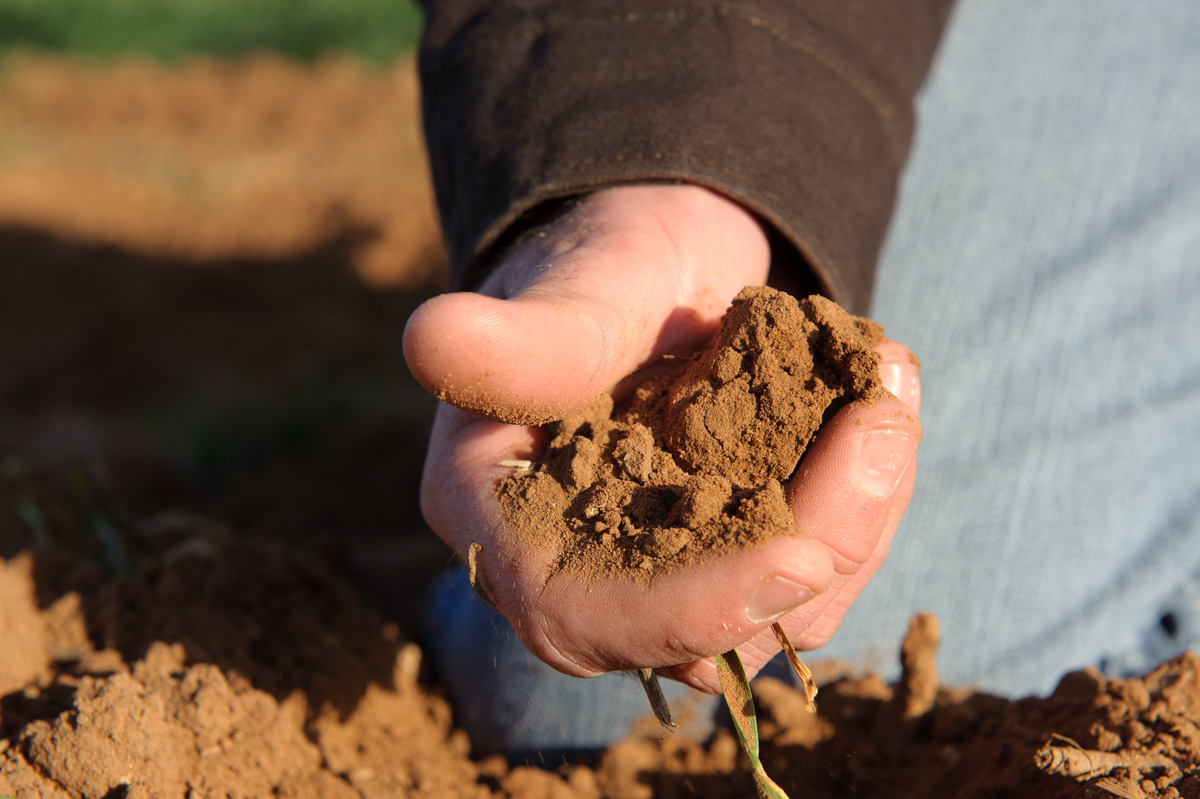
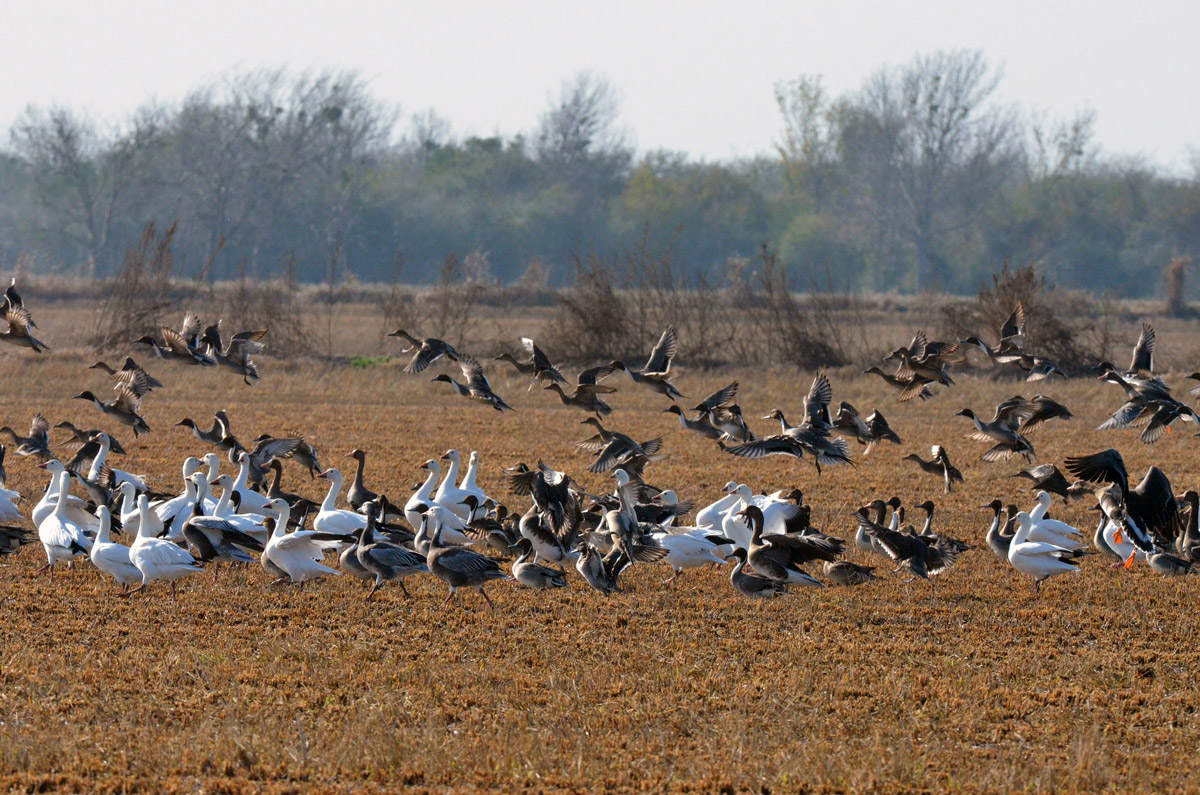

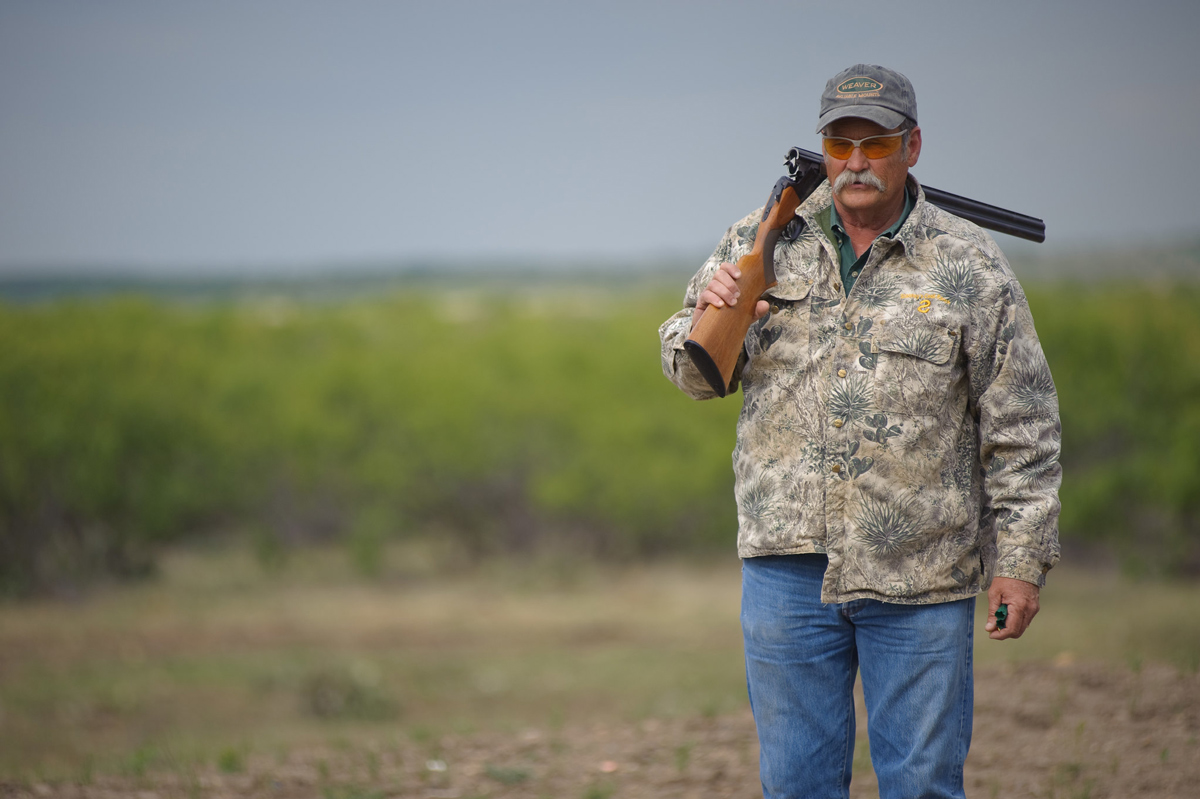
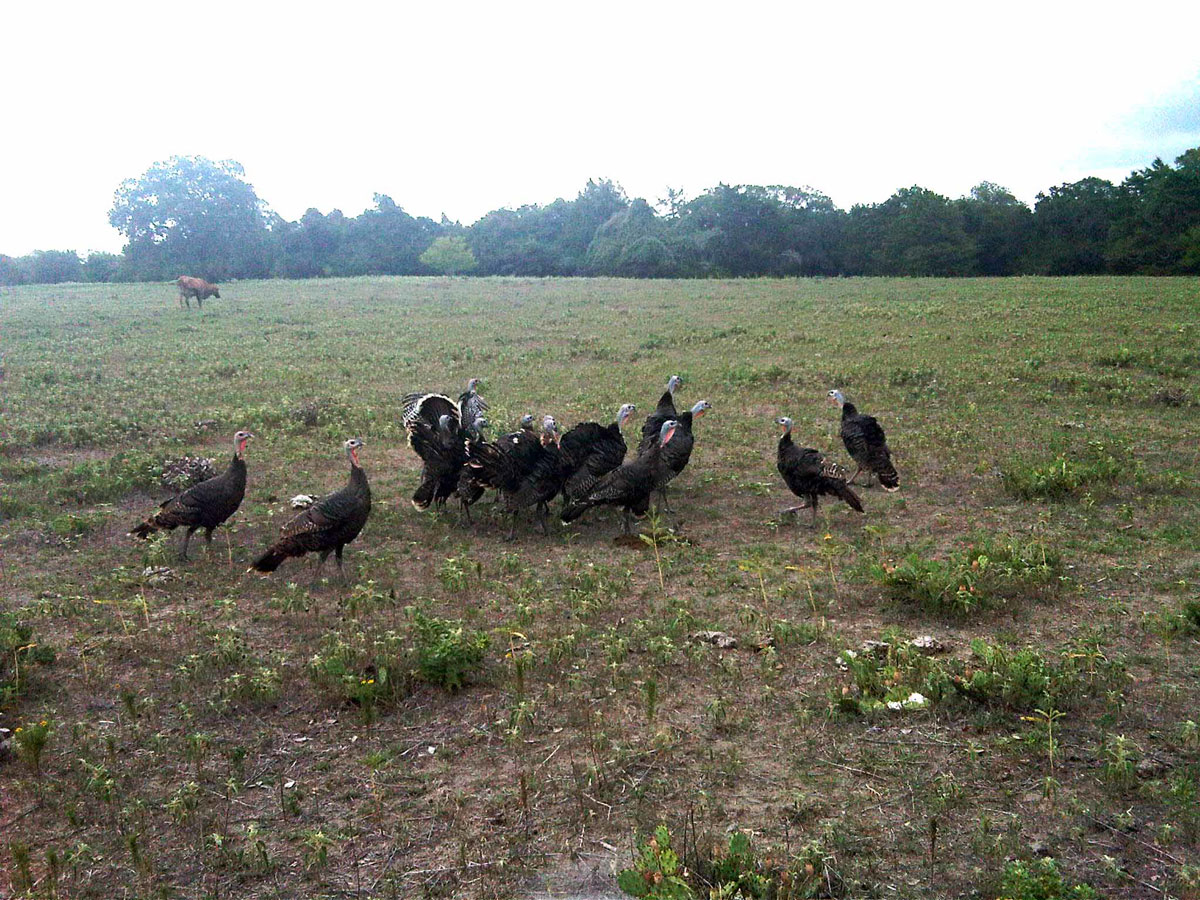
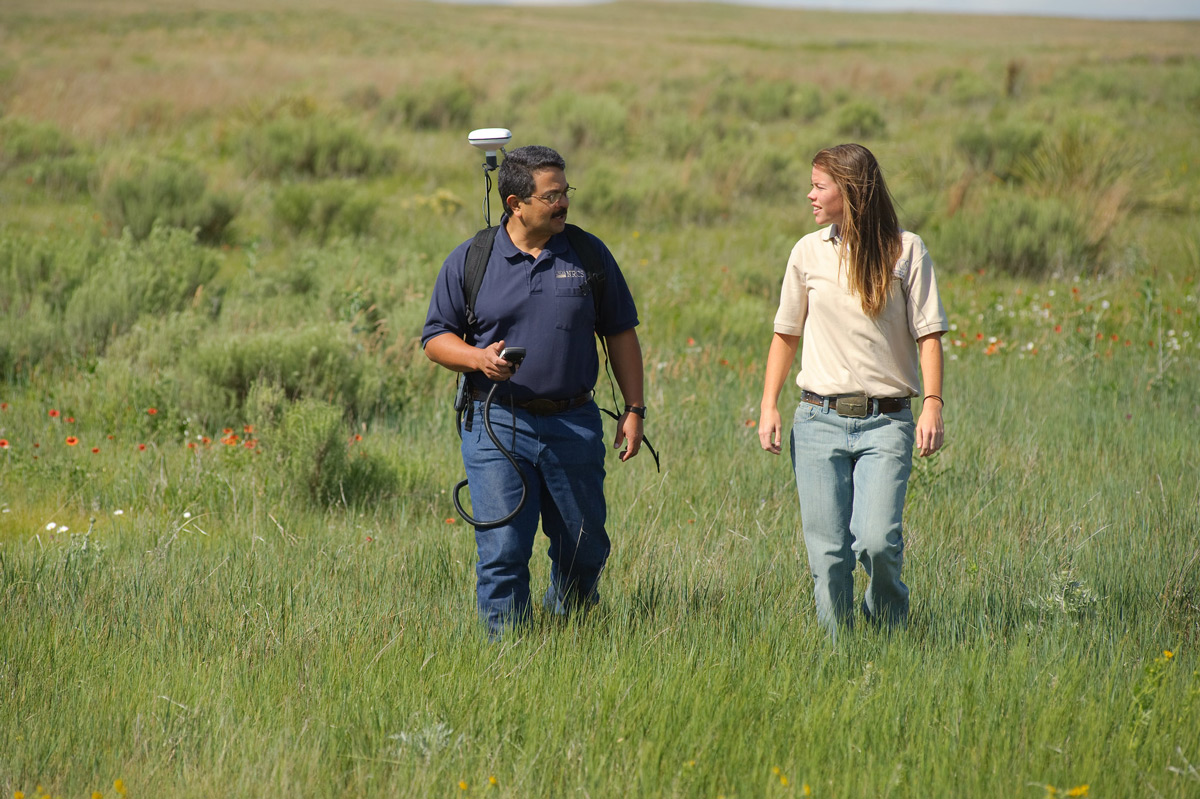




I’ve always wondered why we need to put these developments on untouched public lands when there so many untouched roof tops in our nation. I and not in favor of solar farms on public lands except in unusual and exceptional cases.
I am against solar panels on BLM lands. My gosh they look horrible and they aren’t solving our energy problems. Also, solar panels and wind turbines aren’t good for the environment. The full impacts arent being properly realized by BLM.
Great Idea- solar panels on big box stores!!
I generally oppose this idea. If it ever does go through, we should have the strictest permit process possible. Similar to oil and gas leasing permits or mining. And always with the least impact to wildlife and plant life. Not sure covering our land with processed commodity metals is better for climate than what it potential does already.
I’ve been saying for at least 20 years that effective zoning laws would require solar on top of big-box and other large commercial buildings, as well as parking shades and garages. And a new thought since covid, Wal-mart and other big bod stores that stayed open and profited during the covid shutdowns should be required to put grocery stores (green Wal-marts) in the food deserts of the west (reservations), so that SNAP can be used for real groceries and better nutrition. Save the open ground for critters and freedom to roam (on foot or other human and horse quad power and not razors!). Thanks for the info and keep up the good work.
I am against use of public land for any reason other than healthy habitat for wildlife & untouched ecosystem sustainability. Instead use every rooftop in our country .Stop urban growth, make towns, cities live able & healthy. Expand upward !
There’s no free lunch in renewable energy. See hydroelectric dams. Why does everyone try to run our public lands like a business when this was never the point?
What kind of management as allegedly reported places solar panels or any thing else in the way of migrating herds on public lands. Who does this stuff!!
It’s important IMO for the overall environment to implement a broad strategy of carbon reduced energy sources but that can’t come at the cost of the very environment we’re trying to preserve. Makes no sense to sway pumpjacks all over our BLM lands for solar panels when we can use already developed land near the end users for that purpose. buildings, parking lots, rooftops, medians etc
Every FLAT SURFACE in EVERY Major US City should have SOLAR installed. Solar is a completed WASTED and FREE Resource.
As a resident of southern California I have seen our public lands in the Mojave desert being absolutely abused by solar farms. This is outrageous. Not to mention the further calamity of so many windmill farms taking over our beautiful desert and Sierra foothills. The BLM is out of control and we need to protest this disaster!
I am a big supporter of renewable energy, especially solar, but these utility scale solar projects on public lands and also private lands take up so much land and cause a lot of upset folks who are oppposed to the projects. We need public policies that provide incentives for distributed generation – solar panels on rooftops, canopies over parking lots, in every neighborhood and town – generate the energy close to where it will be used. Distributed generation is much more efficient since the energy is not transported many miles, and it does not use large amounts of land (whether public or private) that is needed for outdoor recreation, agriculture, etc.
I was quoted $47,650 for installation of solar on my house. There are numerous comments on why shouldn’t there be solar installed on every roof top. I could not agree more. The development is already in place. The government claims solar is clean energy, just as they claim hydroelectric is clean. However, the habitat loss would be tragic. Instead of covering thousands of acres of habitat, why not install solar on every skyscraper, house, business, ect. in every developed city in the US. In addition to other clean energy solutions.
Solar is definitely better than oil and gas and can successfully be utilized on western public and private lands. It does need to better regard migratory routes, calving and lambing area for wildlife. Several of the ones I have observed in the west are not fenced off and wildlife has adapted to the shaded grass land habitat below the solar arrays. we absolutely need to solve the problems of climate change and solar is one way to address it. It does need to be done in a way that address wildlife needs. I personally would rather see a large solar array rather than and oil and gas development!
Spot on regarding solar panels on box stores, even large scale manufacturing and trucking firms. Don’t know about
everyone else’s locations but here in central Iowa the facilities they put up are absolutely massive. Could easily generate solar power and not ruin our wild lands. This large scale construction already eats up prime habitat and
farm ground, they might as well generate some power to litigate the damage.
If we think we need all these solar panels then I agree with the rooftop comment. We don’t need windmills or solar on public land. We need to expand our hydro capacity without adding dams and we need to develop the newer nuclear technology. We also need to complete the Keystone and continue using fossil fuel in the cleanest and most efficient manner. Handicapping our economy that basically runs on electricity is not the answer. A strong and prosperous country can come up with all kinds of ways to support wildlife; a poor country cannot. We also must insist and apply all the economic pressure we can to get India and China to clean up their act.
Land is destroyed for wildlife use, is ground sterilized?
Leave open spaces open! Put solar panels on top of big box stores , government buildings and parking structures!!!
The public lands is just that, public land! Not renewable energy land. They should keep it off the wild land still left and use the land all these politicians have come to own “somehow”. if they really value renewable energy, they shouldn’t mind.
Solar panels on commercial buildings is a terrific idea. As would be a requirement to cap all canals used for irrigation and community sources. Covering canals would give double benefits. Not only would those panels generate needed electricity, they wold also reduce evaporation from the canals.
We know the harm of natural gas development, how could solar develop not be the same or worse? Use urban centers for solar! Plus the cost of running transmission line from rural areas is astronomical!
Public land, forest etc. has trees, grass, scrubs, flowers, etc. that fed on CO2 they in turn produce oxygen and clean air. Solar panels toxic read they r landfill. Read scientists they don’t know what happens 0 emissions fruit trees, vegs, etc. also fed CO2. And Solar and windmill does not fit into basic science, biology, etc. What fuels the gravity and how it’s done. Already proven both effect the weather, tides, waves and more. Windmill takes 4 to 5 acres …
Amazon warehouses, Walmart stores and all others that fall into those type of categories should have panels installed. Every week I see less trees and wildlife habitat, and more land leveled for housing. We are to share this planet …
I want to point you to the Desert Renewable Energy Conservation Plan, a plan that was developed collaboratively with many NGOs and the BLM to place large-scale solar on public lands while minimizing and mitigating the impacts. Many of the NGOs that helped in developing the DRECP include Defenders of Wildlife, Center for Biological Diversity, Cal Wild, and many others. They have commented that because the DRECP is so successful that it should not be considered as part of the relook of the Western Solar Plan, which was originally published in 2010. Because of the those comments on the successful implementation of the DRECP, it was not included in the latest WSP. The DRECP established conservation areas and areas identified for solar development. Areas that have minimal impact to many plant and wildlife species. The WSP can use the example of the DRECP to inform on what areas to leave alone and what areas to place solar.
I am apposed to large scale Solar fields on blm because of the effect on wild life and poor use of this valuable resource. Let’s use the roof tops and let wildlife alone!